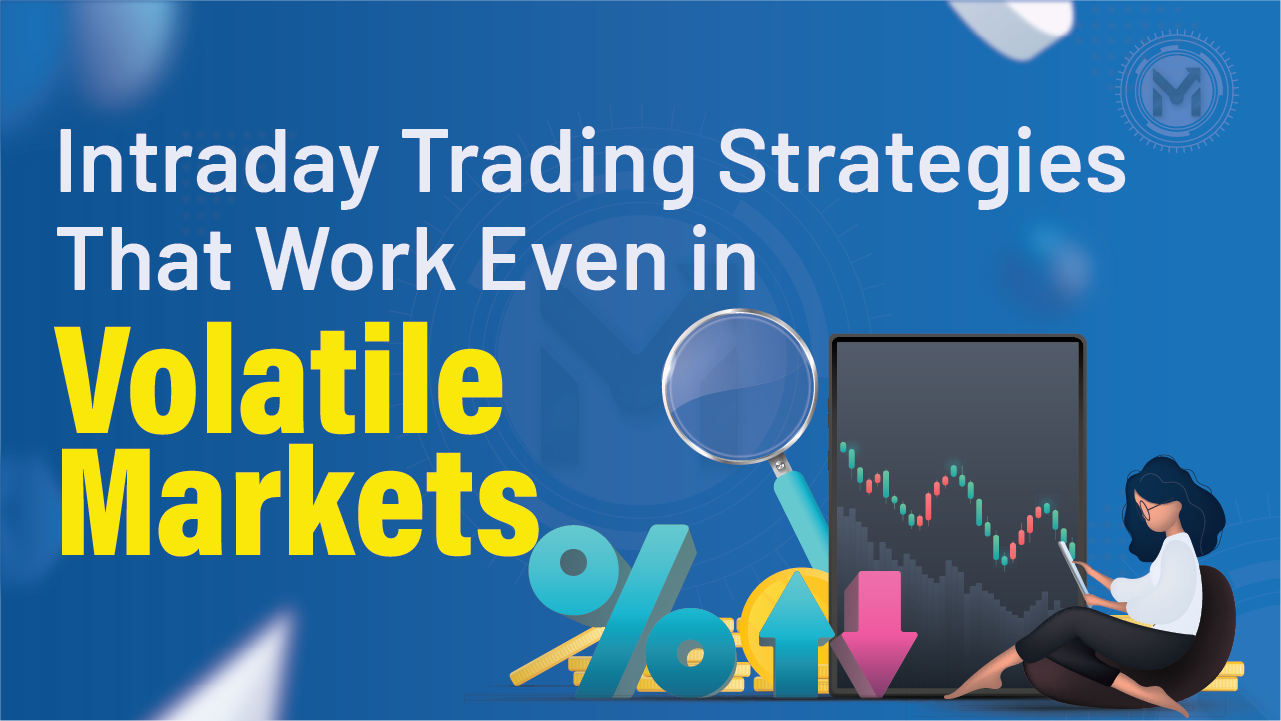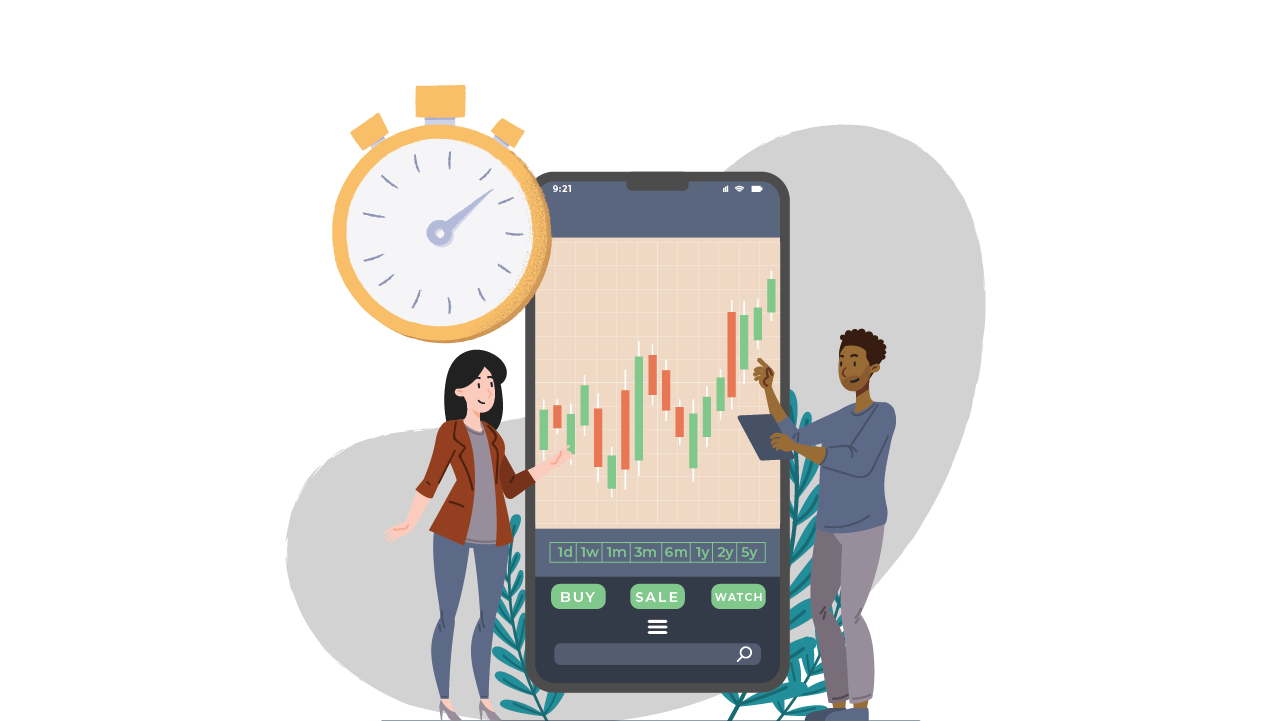Intraday Trading Strategies That Work Even in Volatile Markets

Introduction
Intraday trading can be both exciting and nerve-wracking, especially in volatile market conditions. Price movements are swift, unpredictable, and often driven by news or global events. For traders, this volatility can either lead to golden opportunities or painful losses. So, what separates successful intraday traders from the rest? The answer lies in strategies designed for volatility and platforms like QuantMan are making it easier than ever to execute them with precision.
In this article, we’ll dive into intraday trading strategies that work, even when the markets are turbulent, and how tools like QuantMan can help automate and optimize your trades.
Why Volatility Isn’t Always Bad
Before jumping into strategies, it’s important to understand that volatility isn't necessarily negative. In fact, for day traders, volatility means movement—and movement means opportunity. But it also requires:
- Quick decision-making
- High-risk management
- Strategy discipline
This is where traditional trading fails and algo-powered intraday trading becomes the smarter approach.
List of Best Intraday Trading Strategies

These are the top intraday trading strategies designed to help you safeguard your capital and thrive during volatile market conditions.
1. Breakout Trading Strategy
What It Is: A breakout occurs when the price moves outside a defined support or resistance level with increased volume. Traders use technical indicator volume to identify such patterns in the market.
How It Works in Volatile Markets: During volatile sessions, breakouts are more frequent and aggressive. If timed right, traders can capitalize on big moves early in the trend.
Key Tips:
- Look for pre-market highs/lows
- Use volume confirmation
- Set tight stop-losses to manage false breakouts
Pro Tip: Platforms like QuantMan let you build a rule-based breakout strategy using historical data, ensuring your trades are backed by real patterns.
2. Moving Average Crossover Strategy
What It Is: This strategy involves using two moving averages—one short-term (e.g., 9 EMA) and one long-term (e.g., 21 EMA). This strategy helps figure out when to get in and when to leave. Also, it helps to figure out the bulk of a trend. A buy signal occurs when the short-term crosses above the long-term, and vice versa.
Why It Works in Volatility: Crossovers help confirm short-term trend reversals—common during high volatility.
Risk Note: Though it works well in trending markets, it can struggle if the prices go up and down.
Automation Tip: With QuantMan’s drag-and-drop interface, you can automate this strategy and run backtests instantly to check profitability in various market conditions.
3. Momentum Trading Strategy
What It Is: Momentum trading focuses on stocks showing strong price movement with high volume. Traders enter trades in the direction of the momentum and aim to ride the wave for quick profits.
Why It Works in Volatile Markets: Volatility often causes strong price swings. Momentum traders capitalize on these sharp moves as they form, often after news or breakout events.
Key Indicators:
- Relative Strength Index (RSI)
- Moving Averages
- Volume Spikes
Pro Tip: Use QuantMan to scan for high-momentum stocks and automate your entry/exit rules to avoid emotional trading during sharp market moves.
4. Scalping Strategy
What It Is: Scalping involves making dozens of trades in a day to capture small price movements. It’s a high-speed, high-frequency trading style.
Why It Works in Volatile Markets: Volatility creates frequent price fluctuations, which scalpers thrive on—provided they have tight spreads and fast execution.
Key Tools:
- 1-minute or 5-minute charts
- VWAP (Volume Weighted Average Price)
- Level 2 order book (if available)
Execution Tip: QuantMan helps automate your scalping strategies with real-time signals and lightning-fast order execution through integrated brokers.
5. Pullback Trading Strategy
What It Is: A pullback strategy comes in when the market moves against a long-term trend. Upon adopting this strategy, you can avoid losses while sticking to the trend. Here, the weakness is bought and the strength is sold. It is advisable to buy a pullback after the breakout.
Why It’s Ideal in Volatile Markets: Volatility causes rapid up and down movements, often creating ideal pullback zones within larger trends.
QuantMan Advantage: Backtest pullback levels across multiple time frames and automate re-entry once the price confirms the continuation of the trend post-pullback.
6. Gap and Go Strategy
What It Is:This involves identifying stocks that gap up or down in the pre-market and continue moving in the same direction during market hours.
Why It Works in Volatile Sessions: News and earnings create massive gaps, and the momentum often follows the direction of the gap.
QuantMan Edge: Automate pre-market scans, trigger alerts, and even pre-program entries with risk management baked into your strategy.
QuantMan: Your Intraday Trading Co-Pilot
QuantMan is a finest algo trading platform that lets you:
- Automate trades based on your preferred strategy
- Backtest your ideas using historical data
- Deploy strategies live with integrated broker connections (like Zerodha, Fyers, etc.)
- Eliminate emotional decisions that often ruin trades
- Customize rules with zero coding
In a volatile market, decisions made in seconds can make or break your capital. With QuantMan, you’re not only fast—but smart.
Conclusion: Dominate the Chaos with a Solid Plan
Intraday trading in volatile markets isn’t about reacting faster—it’s about preparing smarter. When you pair time-tested strategies with powerful tools like QuantMan, you increase your chances of success and reduce emotional pitfalls. Whether you’re a beginner or a seasoned trader, the key is to keep learning, testing, and optimizing. Ready to automate your intraday strategy? Explore QuantMan today and trade like the top 1%.
FAQ
1. Which is the best intraday trading strategy?
The best Intraday trading strategy can be based on individual trading styles and requirements. However, the above given are the best intraday strategies that can work even in volatile markets ensuring potential returns.
2. Provide some Intraday trading tips while meeting a volatile market.
Some valuable Intraday trading tips are to analyze the pre-market, use technical indicators, determine valid entry and exit points, use stop loss order, and avoid overtrading.
